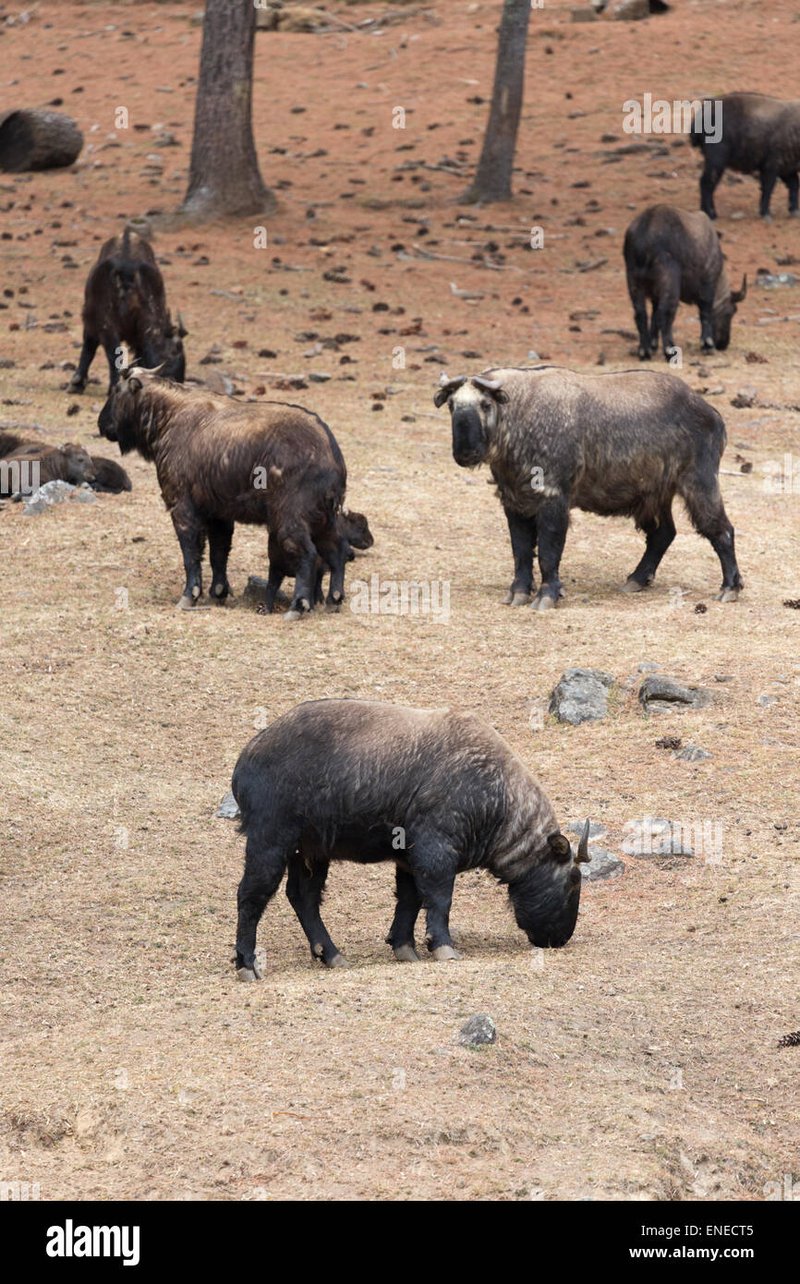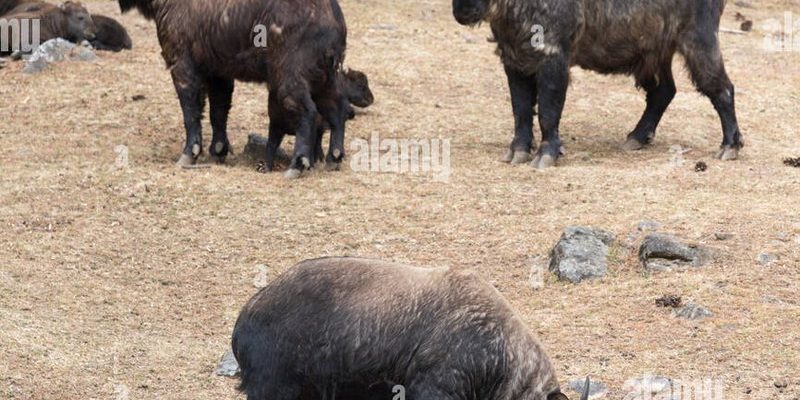
Picture a baby takin, wobbling on its spindly legs as it explores its high-altitude home. These gentle herbivores are part of the goat-antelope family, and they have some pretty interesting parenting strategies. Just like many mammals, takins go through a nurturing process that’s filled with care, bonding, and a bit of adventure. Let’s dig into how these amazing animals raise their young in the wild.
Takins and Their Habitats
Takins are known for their unique appearance, with stout bodies and shaggy coats that keep them warm in their mountainous habitats. They primarily inhabit steep, rocky terrains, where they can graze on grass, leaves, and shrubs. Their homes are often found at altitudes ranging from 2,500 to 4,500 meters.
Here’s the thing: their rugged environment plays a crucial role in how they raise their young. The high-altitude ecosystem is not only challenging but also offers safety from many predators. Because of their size and strength, adult takins can protect their young while providing a stable environment for them to grow. The altitude also means they have to find enough food to feed themselves and their little ones, which helps foster a strong mother-offspring bond.
Breeding Season: Timing Matters
Takins typically breed between late summer and early fall. This timing is deliberate, all geared toward ensuring that the young are born in spring when food is more abundant. This way, the mothers have plenty of nutrients to support both themselves and their adorable, wobbly kids.
Mother takins give birth after a gestation period of about 7 to 8 months. It’s during this time that they prepare for the arrival of their young. You might be wondering how they do this. Well, they often seek out secluded spots away from the herd, which helps keep the newborn safe from potential threats. This instinctual behavior ensures that the young can have a fighting chance in the wild.
Mother-Young Bonding
Once the baby takins are born, the bond between mother and offspring is incredibly strong. Mothers are highly attentive and protective. They will frequently nuzzle their young, helping them feel secure and loved.
During the first few weeks, the mother stays very close to her baby, offering warmth and protection. This time is crucial for the baby takin, as it helps build their confidence and social skills. It’s like a little mountain school, where the young learn from their mothers how to navigate their rugged environment and avoid predators. The connection they form sets the foundation for their future behaviors and interactions within the herd.
Feeding and Nutrition
Feeding is one of the main priorities after a takin gives birth. Young takins typically begin to eat solid food just a few weeks after birth, but they still rely on their mother’s milk for nutrition. A mother takin will often graze while encouraging her young to nibble on the grass and leaves nearby.
Strong nutrition is vital—both for the mother and the young. Since takins thrive in mountainous grasslands, they naturally consume a diet rich in cellulose. This diet helps them grow strong and healthy, which is essential for survival in the wild. Watching a mother takin lead her baby in search of food is a heartwarming sight, showcasing a nurturing relationship that thrives on shared experiences.
Social Structures and Herd Dynamics
Takins are social animals that live in groups, often called herds. These herds usually consist of females and their young, while males may join for breeding purposes. The social dynamics of takin herds are important for the development of young takins.
Young takins learn social cues and behaviors from interacting with their peers and other adults in the herd. They play together, which helps build confidence and physical skills. It’s like they’re honing their agility and strength through playful antics. This social learning is essential for their survival, as it prepares them for adult life within the herd.
Another interesting aspect is how mothers often communicate with their young. They use a mix of vocalizations and body language to guide and reassure them, creating a rich social environment that nurtures bonding and learning.
Challenges and Survival
While takins are impressive animals, they face challenges that impact their young’s survival. Their habitats are often threatened by human activities like deforestation and climate change. These factors can reduce the available food sources and shelter, making it harder for takins to raise their young successfully.
Predation is another issue. Though adult takins are formidable, younger ones can fall prey to predators like wolves or leopards. Mothers must stay vigilant to ensure their young are safe. This constant challenge underscores the importance of the protective bond between mother and offspring.
Despite these challenges, takins have adapted well to their mountain environments. Their sturdy bodies and social structures help them navigate difficulties, showcasing the resilience of nature.
In the wild, takins exemplify the circle of life through nurturing, bonding, and determination. Their unique parenting style, shaped by their environment, ensures they raise strong young ones ready to face the challenges of the wild. From their careful breeding practices to the protective instincts of the mothers, every aspect plays a role in the survival of their species.
So the next time you think of grazing animals, consider the takin and their amazing journey of raising young amidst the majestic mountains of Asia. These resilient creatures remind us of the beauty and complexity of life in the wild, where every moment counts in the quest for survival.

